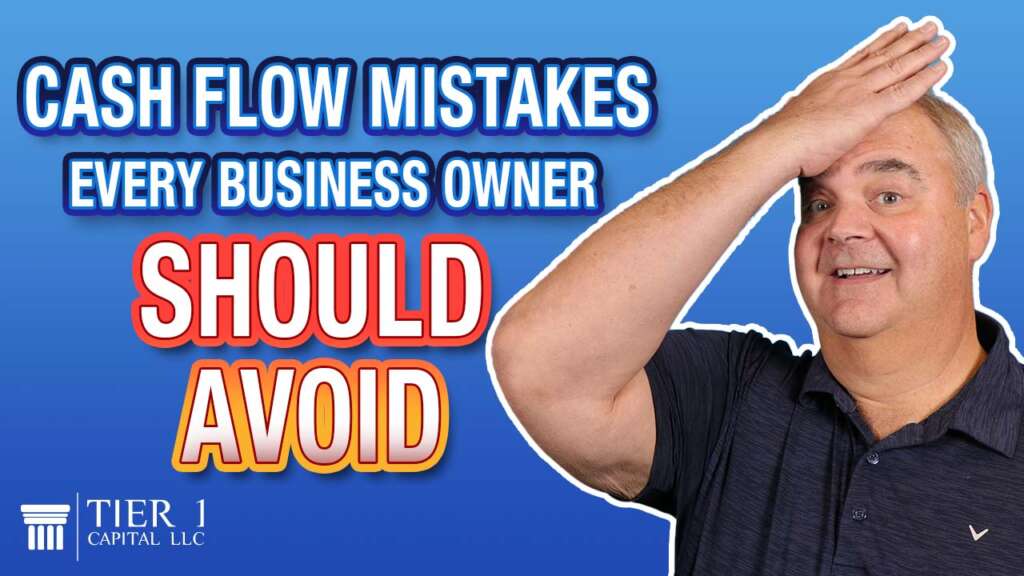
When you own your own business, it’s common to want to expand that business as quickly as possible. Business owners often reinvest their profits into inventory or expanding the business in any way possible because hypothetically, the more money they put in, the more they can get out. It contributes to financial freedom. Today, we’re discussing how to make that cash flow as efficient as possible because, ultimately, every purchase we make is financed.
Keep this in mind: cash flow is the lifeblood of any business. According to our research, 61% of small business owners around the world struggle with chronic or cyclical cash flow issues. What we’ve found is that most of these cash flow issues are self-inflicted. It’s how business owners manage their money that holds them back.
Here’s the key: we finance everything we buy, whether it’s inventory, equipment, or even employees. We’re either going to borrow money and pay interest, or we’ll pay cash and give up interest that we could have earned.
Most people try to avoid paying interest because they see it as a loss. However, they often overlook the interest they’re giving up by paying cash. This causes a mistake when business owners pay cash for things they could otherwise finance. The same goes for paying off debt too quickly—this practice sacrifices cash flow and control at every turn.
What happens when business owners give away their cash flow by paying off debt or paying cash for things is they eventually find themselves needing to borrow money down the road. Why? Because they gave away their profits and now have no capital reserve to access when necessary.
This leads to what we call the “debt cycle.” Chronic and cyclical cash flow issues arise when businesses give away control of their cash flow, leaving them without a financial safety net when problems arise.
A cash flow issue is simply a symptom, not the root problem. Most people approach it by either reducing expenses or increasing revenue, but both come with costs. For example, reducing marketing expenses can lead to a dip in revenue. However, cash flow issues really stem from not understanding the bigger financing picture.
If businesses manage financing more efficiently, they gain better control over their cash flow. That’s the goal: more control over your cash flow and assets.
In our practice, we examine every financial decision through the lens of control. Does this decision give you more control over your cash flow and assets, or less? The goal is to have as much control as possible because control leads to freedom and opportunity.
When you have options, you can choose to borrow from yourself, from the bank, or pay cash. But it’s critical to make these decisions in the most efficient way possible—where you are in the greatest control of cash flow and assets.
Conventional financing methods send the velocity of your money away from you, your business, and your family. The money flows outward, and you lose control of it. However, with our process, we start taking back control of some of that money’s velocity, keeping it in an entity you own and control. This allows you to leverage and reuse that money in the future.
You’re still making the same purchases and investments in your business, but now you control the process, ensuring that some of the cash flow returns to you. As a result, the next time an opportunity arises, you have a pool of money to draw from, ensuring that your cash flow is constantly circulating back to you.
The key is that you’re still making purchases, but now the money flow comes back to you, putting you in complete control. It’s a huge difference.
If you’d like to learn more about how to apply this process to your business, family, or personal finances, visit our website at tier1capital.com or download our free business owners guide. We’d love to speak with you in a free strategy session.
Remember, it’s not how much money you make; it’s how much money you keep that really matters.
